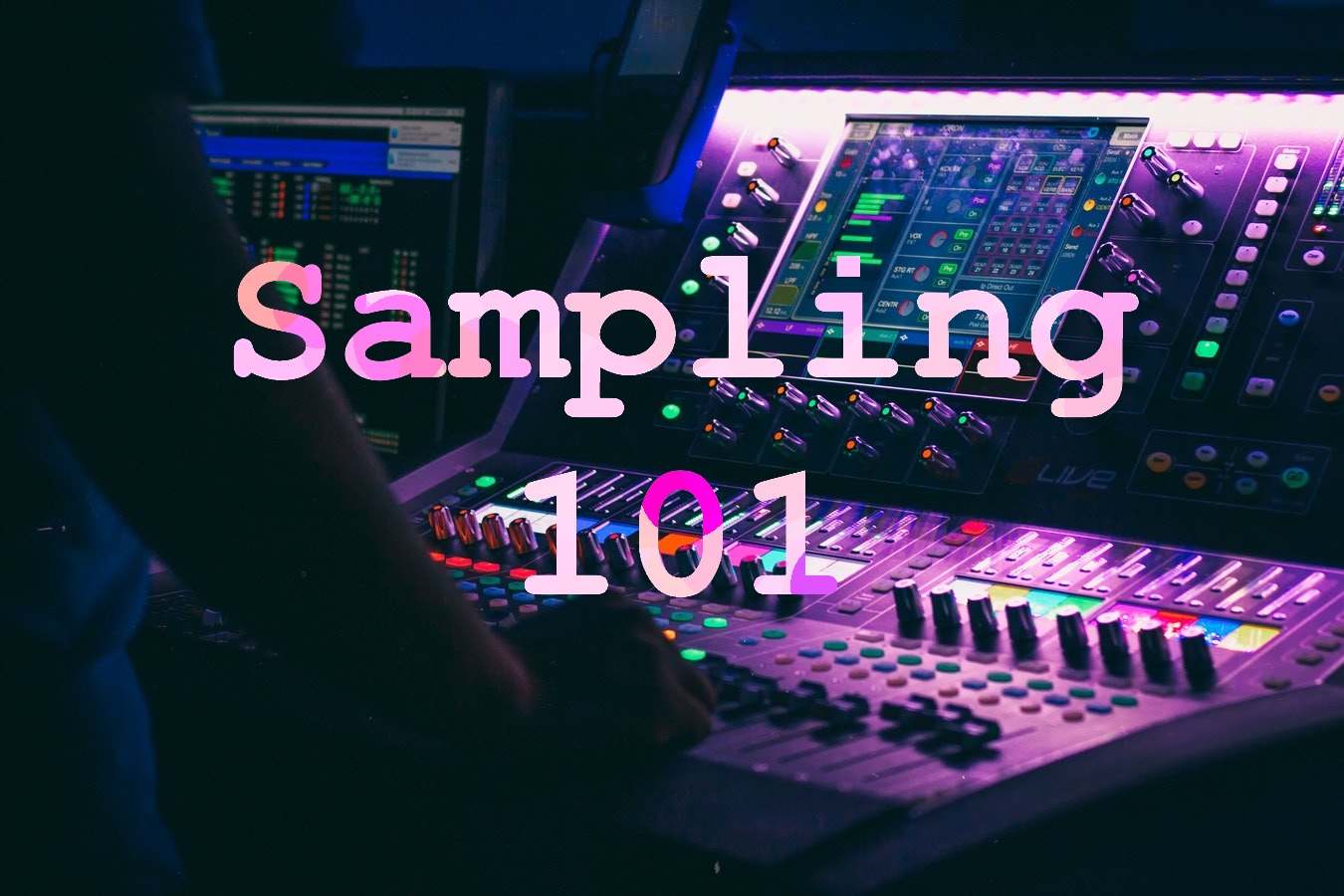How to legally use music samples in your tracks
Sampling has become a massive part of music but the legalities of when and where you can use samples can be confusing so here’s a guide to make sure your music is all good.
Sampling is the use of another sound or piece of music within your own. This could be anything from using a drum loop straight up to chopping up and manipulating clips to recreate an entirely new sound. Whatever you’re doing with samples though, you have to remember that music belongs to someone else and there may be steps you have to take to legally release it.
Most music that has been released will be copyrighted for the protection of the artist’s creations. That means that using it in any form will require ‘sample clearance’ which requires 2 licenses:
- Master Recording – Licenses for the use of a master recording is needed to sample a track. This is often owned by the label.
- Composition – You also need to have a license for use of the composition. This will either be in the hands of the songwriter or the publisher.
You will need to get in touch with the copyright holders to acquire both licenses. If they listen to the track and are happy with the use of samples then it is almost guaranteed that they will ask for an upfront fee and a percentage of the royalties. These figures all depend on the profile of the artist as well as how prominently you have sampled their music.
When you are requesting a sample clearance it is best to provide all the information that you can. That includes a copy of the track, details of when the sample is used, for how long, any changes made to the sample and any other relevant information.
The use of samples is entirely dependent on legal licenses to use a copyrighted work and is entirely up to those controlling the recording and composition. That means there is no guarantee you will be allowed to use the samples that you wish to.
